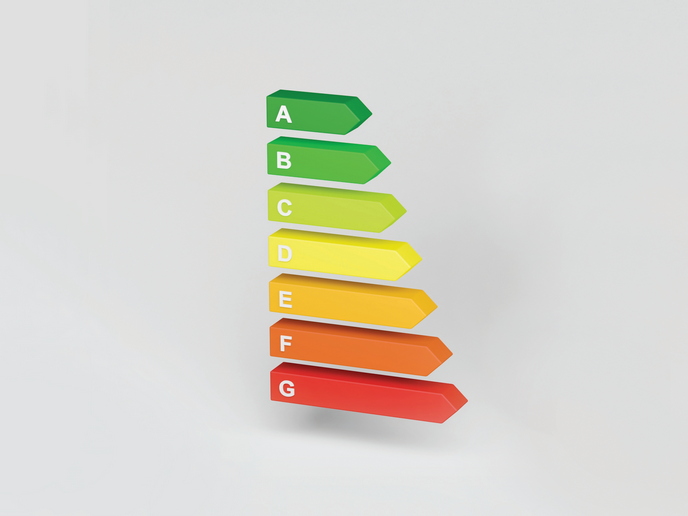Boosting uptake of new energy EU labels for more sustainable living
Energy labels are an important tool for helping consumers to better understand and choose more energy-efficient products. The old-generation scale included many ‘+’ classes, while the majority of products were populating the 2-3 highest classes. This classification gave consumers the wrong impression that, when buying an ‘A+’ product, they were opting for a top-rated appliance on the market, when in fact its rating was average or low. In addition, the overpopulation of the top classes did not provide manufacturers with the impetus to bring more efficient appliances on the market. The EU decided to rescale the outdated classes, initially for certain product groups. The new energy labels came into effect in 2021 to help consumers cut their energy bills and carbon footprint while paving the way for more innovative and energy-efficient products. The EU-funded BELT project was established to smooth the transition to the new energy labels. “Thanks to the multidisciplinary expertise and geographical coverage of the consortium, BELT developed tailored communications and ran targeted campaigns for the different market actors. Our activities targeted retailer training, supported consumers in identifying the most energy-efficient household products and prompted manufacturers to improve their products,” notes project coordinator Laura Polo.
Raising awareness for making better and more informed decisions
In collaboration and in constant dialogue with market actors, new and updated content was produced during the course of the project, addressing concerns associated with the progressive implementation of the new EU energy label. Project activities sought to raise public attention and consumer interest on various aspects of the revised energy scale, such as energy savings, product efficiency and the presence of labels in the market. “We released videos, articles, leaflets, flyers, guidelines, publications, online news, posts and conducted training sessions and workshops, tailoring to the target group’s needs and expectations. A large amount of material has been disseminated in 30 months, meaning that every day something was happening on the BELT side,” remarks Polo.
Web tool to better compare household products
One of the most useful outputs of BELT was the release of a web tool available in nine languages, providing an indication of the energy efficiency of a product. “Our innovative tool calculates the energy consumption of household products. The calculators allow consumers to assess the energy of their fridge, lamp, washer dryer, dishwasher, washing machine or TV. The calculators also provide an estimation of the associated CO2 generated by these household products, as well as the number of trees required to absorb the corresponding amount of CO2 and the energy equivalent in kilometres of driving,” explains Polo. The fundamental knowledge generated during BELT served as a basis for the development of policy recommendations by the project on EU energy labelling legislation. Furthermore, the experience and feedback gathered from market actors and stakeholders regarding the barriers and challenges on the uptake of the new energy labels have been collected and organised to optimise future rescaling activities.
Keywords
BELT, consumers, energy labels, appliances, energy savings, web tool, energy efficiency, retailers



